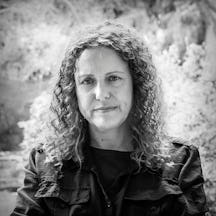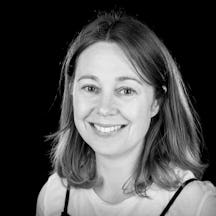After an apparently healthy pregnancy, Carol Nahra gave birth to her second son Dillon, who had profound disabilities. Here she talks about how she tried to cope with the fundamental changes in family life and her view of her place in the world.
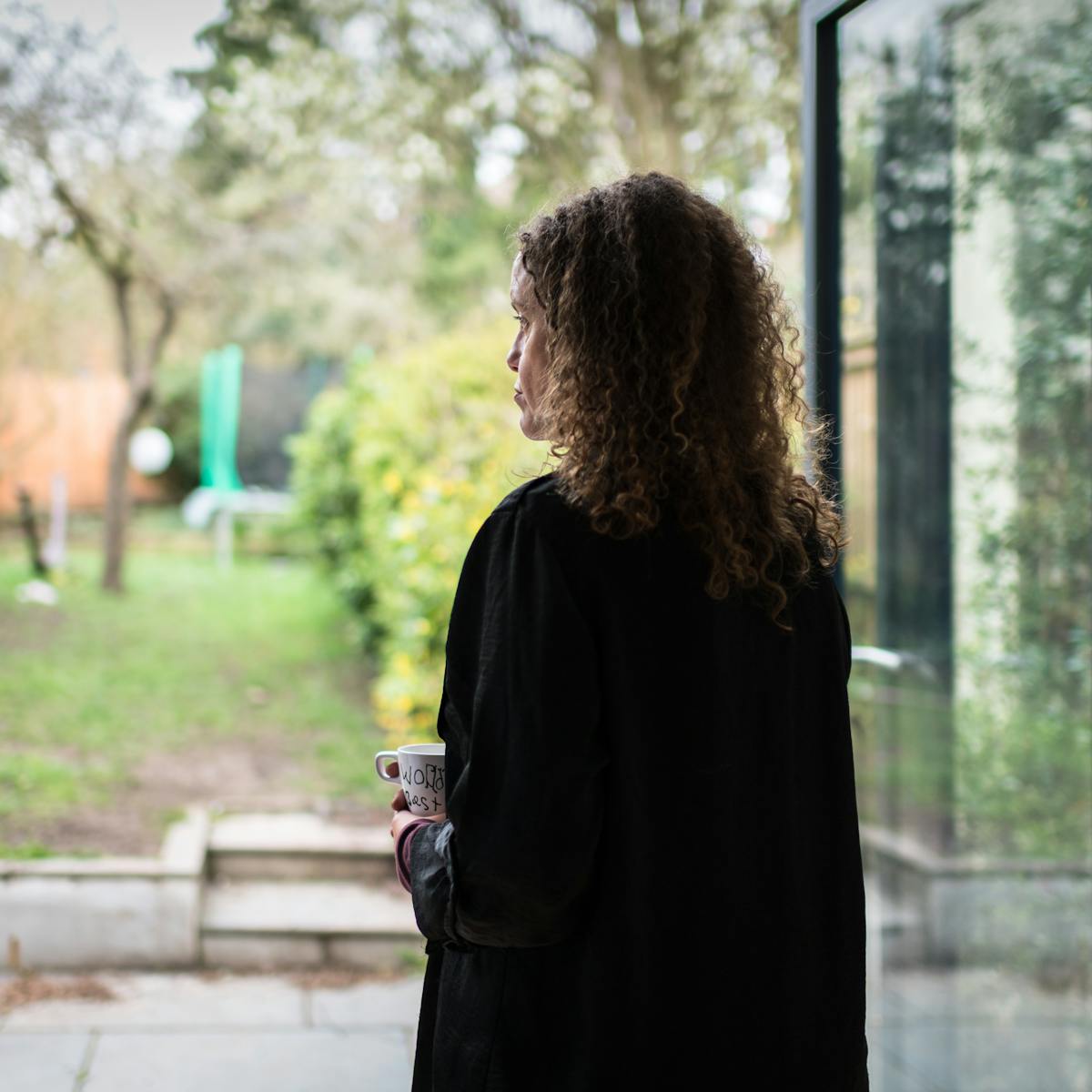
A neighbour across the street from us has two daughters. For several years I couldn’t look directly at the younger one. I could tell, through my unwilling peripheral vision, that she was cute and healthy and happy. But to look straight at her was something I couldn’t do.
Our neighbour and I had shared the same due date in early spring of 2006. We would chat occasionally in the street, our firstborns in tow. I was enjoying being a parent immensely, and seeing the world through new eyes. Like every other mum out there, when I first became a parent, I felt a heightened empathy for any suffering going on in the world – particularly when it involved children. I just couldn’t hack watching the gritty dramas and reading the hard news that I had only months earlier devoured as a documentary development producer.
My second son, Dillon, was born on a brisk March day a couple of days early, just as his older brother Noah had arrived early nearly two years before. But that’s where the similarities ended. Dillon’s birth was short and sharp, and a meconium delivery – when the baby’s first bowel movement occurs while he’s still in the womb, a sign of distress – was the first warning we had that anything was amiss. His head looked a bit large for his scrawny body; he struggled to breathe.
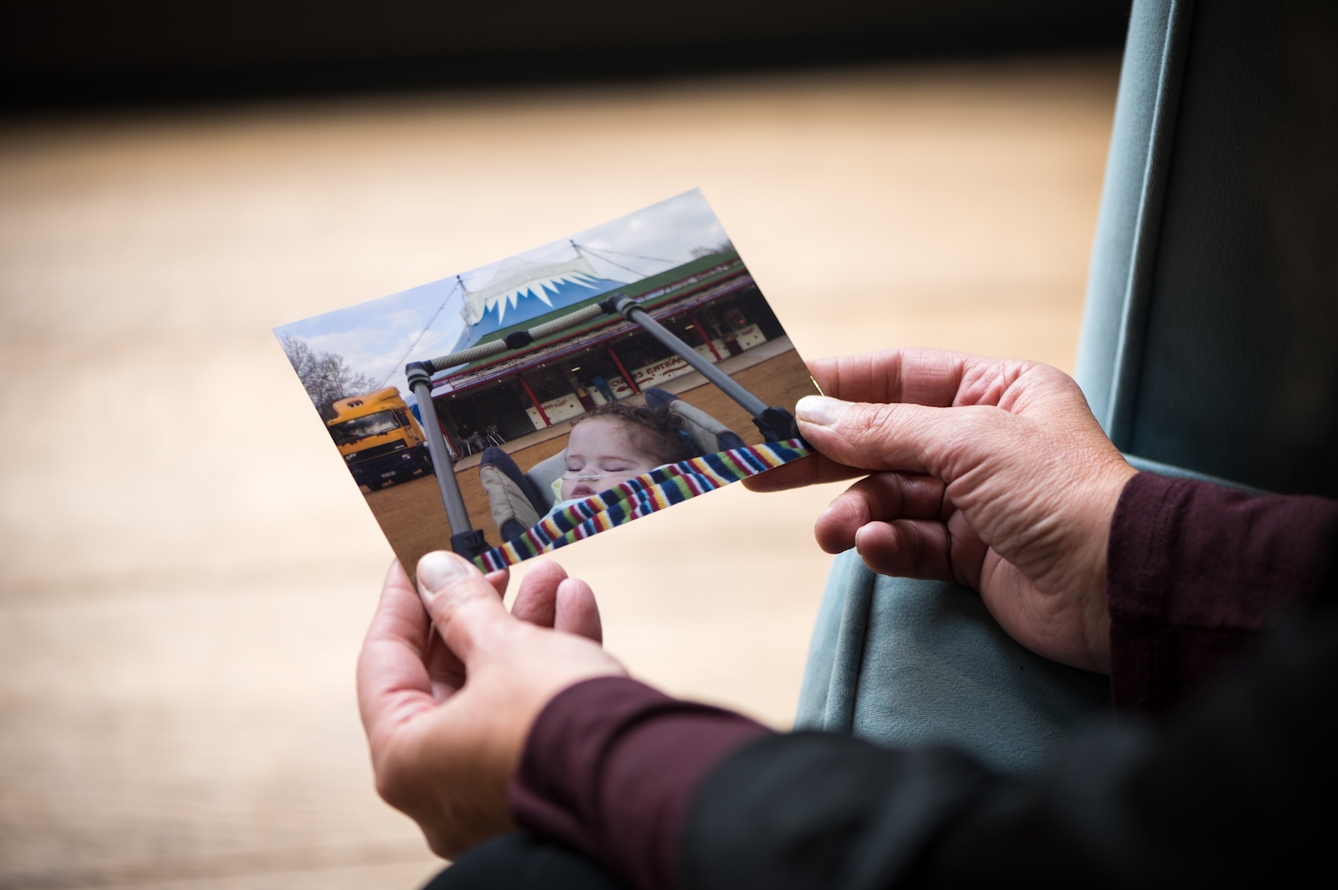
"The consultant explained that Dillon would be profoundly disabled, both mentally and physically. Our world collapsed."
An avalanche of bad news
Soon we were in the neonatal ward awaiting tests. An EEG revealed totally abnormal brain patterns. The MRI a few hours later was devastating: his brain had developed completely wrong in the womb.
Less than a day after he was born, my partner and I were ushered into a small, windowless room to sit down with the consultant. Our nurse for the day found a spot on the floor to focus on; her head at a sympathetic tilt. The consultant explained that Dillon would be profoundly disabled, both mentally and physically. Only time could tell how much he would develop, if at all. Our world collapsed.
We had abruptly transferred from the smug communal bliss of happy parenting to an isolated, desperate island. We stumbled from bad news to bad news and crisis to crisis as we worked to try to get on top of the epilepsy that soon plagued Dillon – constant fits that stopped his brain from functioning at all.
In those early days I had to develop some coping strategies, and quick. While I was helpless in fixing Dillon’s broken brain, I could control my own. All of my coping efforts went into shielding myself from images and information that I felt wouldn’t help, while seeking out those that would.
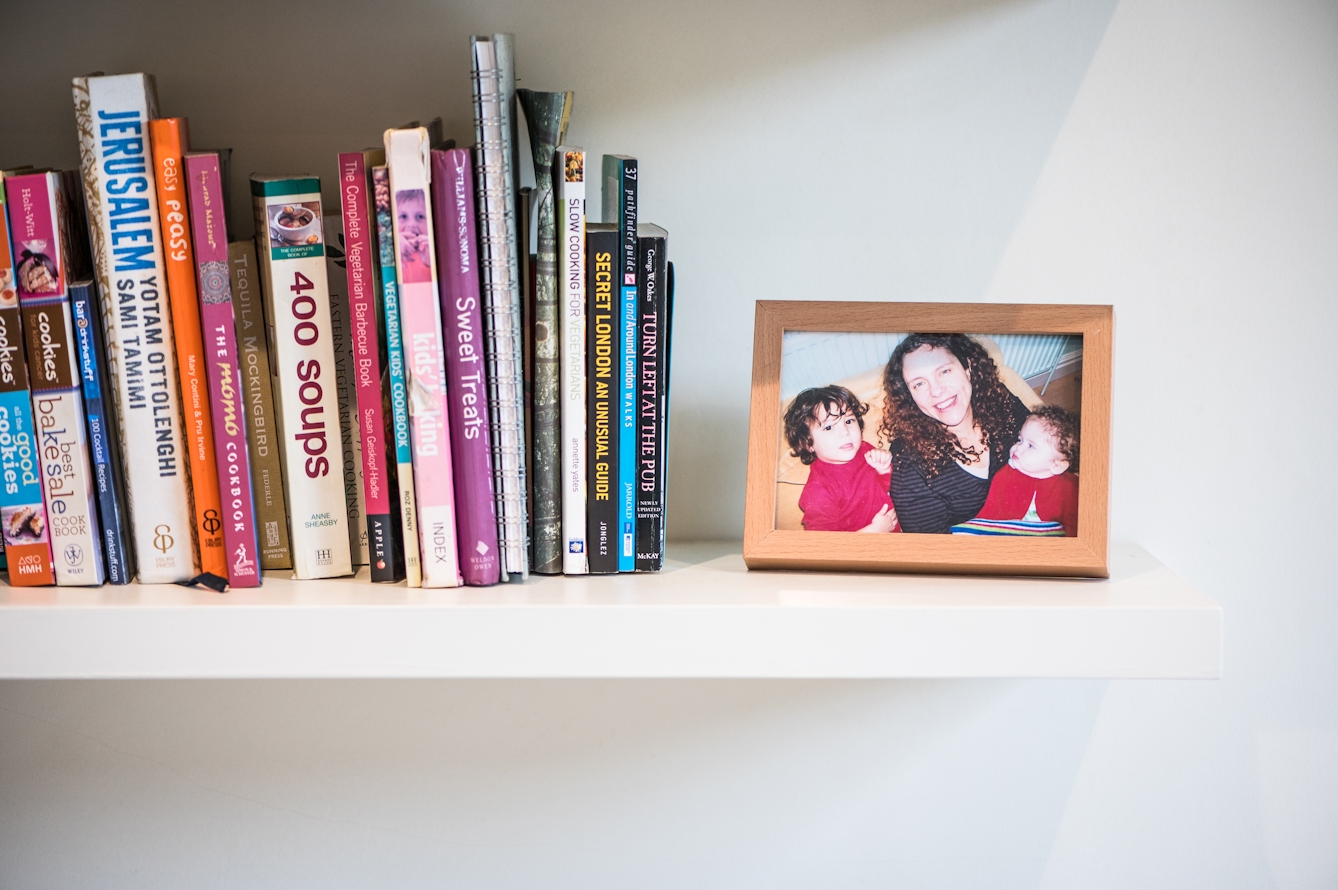
"In those early days I had to develop some coping strategies, and quick."
My coping strategies
I refused at first to learn the name of Dillon’s condition. As I wrote in my journal at the time: “How could it help me to learn this name, the name of the condition that had taken away our happy lives?” I also refused to attend the consultant meetings where they looked at his brain scans; I didn’t feel that I could learn to love him after seeing inside his dysfunctional brain. I was worried about not loving him.
I avoided googling Dillon’s condition. If I did, I would see into my future, I would stumble upon the other Dillons, the other parents, the devastation of living with severe disability. I was not remotely ready for this.
At the same time I found myself gravitating towards difficult news stories, the same stories that as a new mum I had needed to avoid. I wanted perspective, and to remind myself that as bad as we had it, others had it worse. Everything became a study in relativity for me.
Just as women who struggle with fertility can’t stand to see pregnant women, I couldn’t stand to see any families with two healthy children, particularly two small boys.
I wasn’t proud of it – I’m still not proud of it and the self-absorption it implies – but it somehow helped. I now embraced the darkness of the documentaries I watched as part of my working life. As isolated as I felt, I needed to understand that I wasn’t alone in the pain stakes.
Just as women who struggle with fertility can’t stand to see pregnant women, I couldn’t stand to see any families with two healthy children, particularly two small boys. Suddenly they were everywhere. I felt we would have to move from the family-friendly neighbourhood we’d only just moved into.
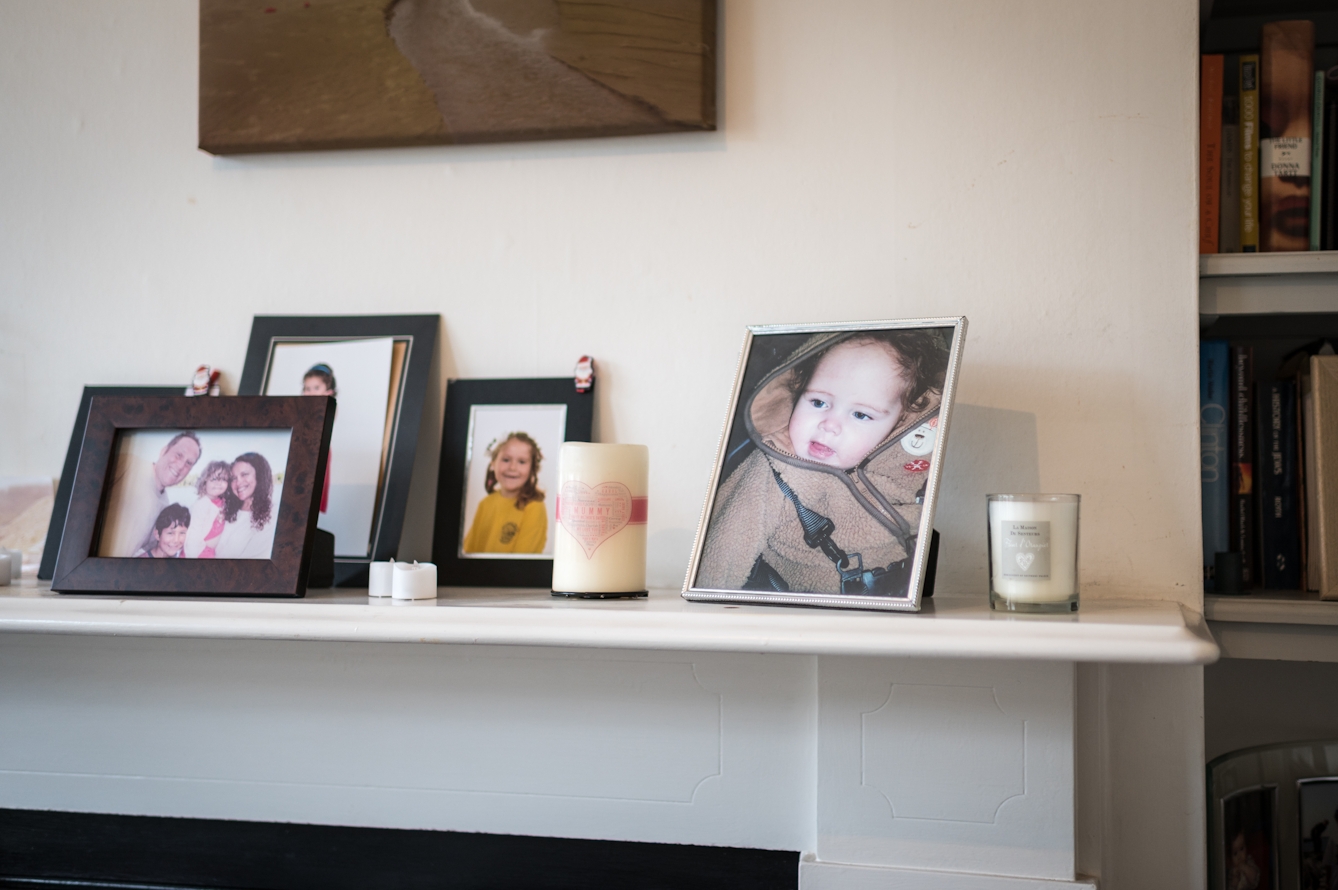
"As isolated as I felt, I needed to understand that I wasn’t alone in the pain stakes."
Trapped in a miserable bubble
I shrank away from my friends with young families. They were all understandably in shock at how ill Dillon was, and the “there but for the grace of God go I” relief was palpable with every encounter. Instead, I kept an eye out for families who I could relate to in some way, however small.
One day I took Noah swimming and spent the entire time in the pool watching a young couple with a baby who clearly had Down’s syndrome. I was filled with envy. If only that had been the curveball thrown at us. I could see their love for him, and his love for them. They must have had a shock at some point, but theirs was an upward trajectory. I wanted that.
Friends I did manage to see would refuse to update me on their current woes, shrugging them off to say, “It’s nothing compared to what you are going through.” At some point I’d had enough: I want to hear about your boyfriend troubles, your toddler’s sleep issues. It’s fine.
Emerging from the blur of the first few weeks in hospital, the outside world seemed unreal to us. We returned home late one night and exhaustedly turned on the telly. Glittered-up celebrities were ice skating for judges. How can such silliness go on in the world? we asked ourselves. Babies are in hospital with broken brains, and people are ice dancing for fun? It was hard to see the world outside our miserable, hopeless bubble.
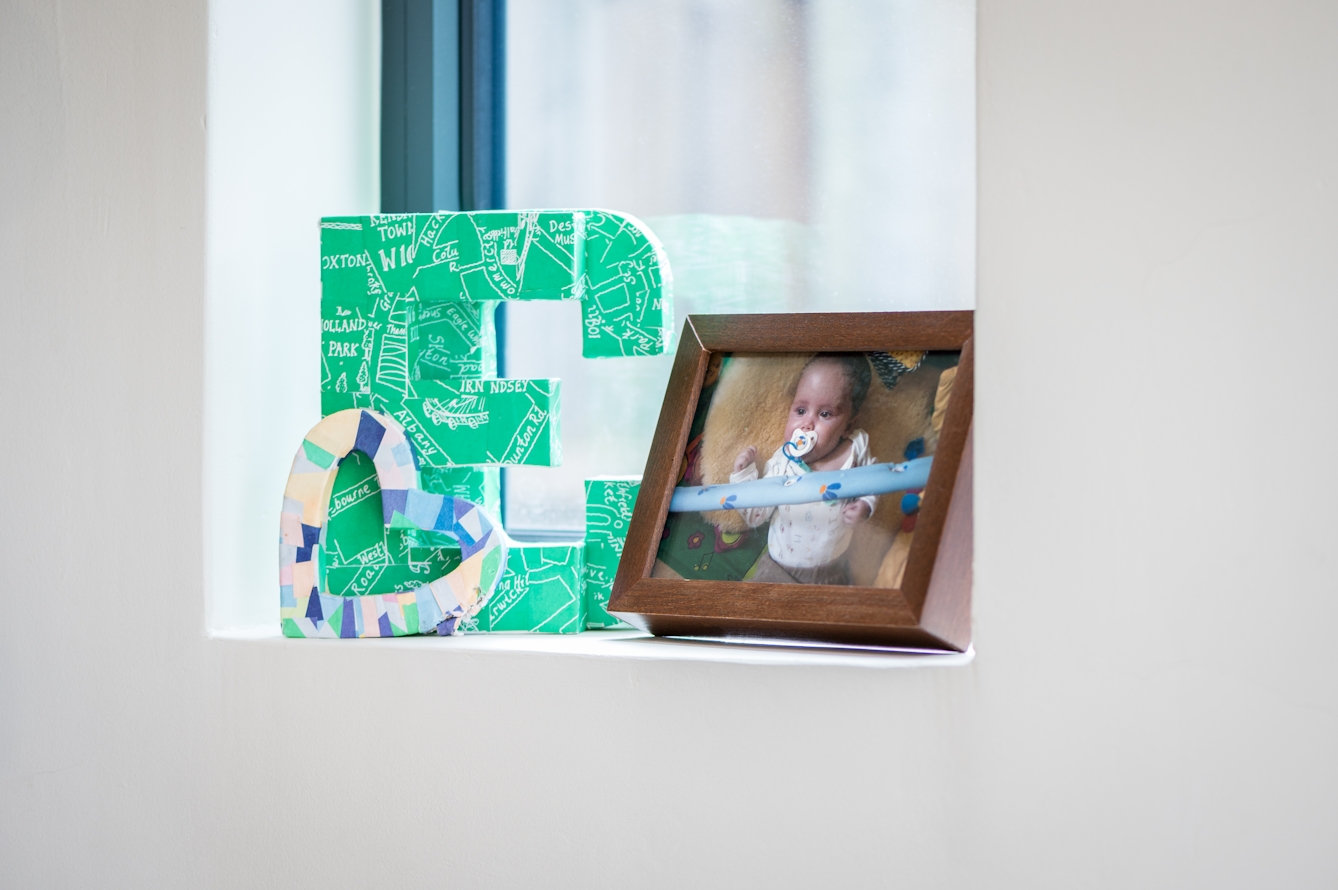
"Dillon’s death from pneumonia at 14 months was expected."
Saying goodbye to Dillon
Dillon’s death from pneumonia at 14 months was expected, and a relief. His prognosis had been so poor, his epilepsy so all-encompassing, that he had never been able to reach any developmental milestones. He couldn’t even see, the activity in his brain making it impossible.
As he aged, his seizures had got worse and more upsetting to Dillon, and to all of us looking after him. Over the months I had slowly come to love him for who he was, rather than for who he might have been. It was a very different sort of love from what I felt for Noah. I knew that the best thing for him was to let him go.
I held him for long periods the day he died, as he struggled to breathe. On the overhead TV I watched morning television – a young couple, doctors, were making a plea for help finding their three-year-old daughter Maddie, who had disappeared from their Portuguese holiday resort. I watched aghast. There was a couple that I wouldn’t trade places with.
A new chapter in our lives
Within a month of his death I found myself on an unpredictable horse in Slovenia for my 40th birthday. As it careened through the countryside, I screamed with frightened laughter. I felt alive. I thought that the best way to honour my baby, who had been so short-changed by life, was to try to make sure I enjoyed mine. It was the beginning of a new chapter.
Soon after I found I could look for the first time at the girl across the street without pain. She was perfect. I was happy for her good health, even if the sight of her still reminded me of Dillon.
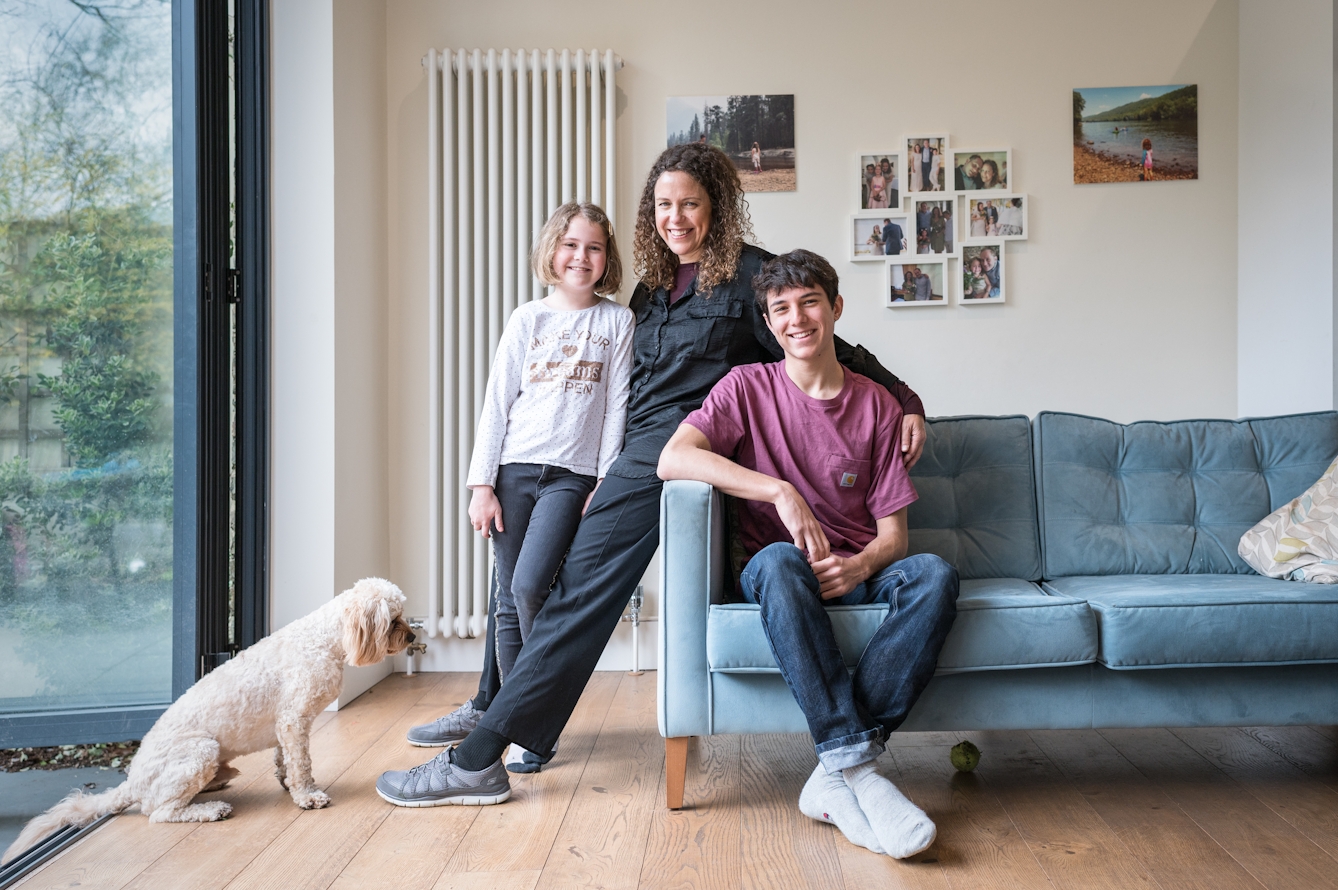
"I was back in the realm of the ‘normal’ parenting universe, and very happy to be along for the ride."
About 18 months after Dillon died, we began fertility treatment to try for another baby. For a while I had to undergo twice-daily blood drawings at an IVF clinic. Inside those doors I found that my identity shifted once again. I was no longer known as the mother who had lost a child. I was instead the relatively rare mum at the clinic with a healthy child at home. I was surrounded by women desperate to have a baby – and, statistically, many of them wouldn’t. It was another lesson in relativity for me.
When our daughter Maya was born, at the end of 2009, we were ecstatic. We’d had many scans along the way, and even an MRI, to ensure that her brain was developing correctly. So the paralysing fear I’d expected to have with any future pregnancy never really materialised. The NHS took good care of us, as they had of Dillon, despite everything.
With Maya’s birth, in the early days I once again felt that rawness I’d felt with Noah, the unwillingness to engage with the ugliness of the world. I now had a new healthy baby, so again wanted the world to be a happy one, for no children to be at risk. I was back in the realm of the ‘normal’ parenting universe, and very happy to be along for the ride.
About the contributors
Carol Nahra
Carol Nahra is a journalist, documentary programmer and adjunct professor. She teaches digital media and nonfiction storytelling to Americans studying in the UK. She lives with her family and dog Monty in north London.
Kathleen Arundell
Kathleen is a freelance photographer working in the culture and heritage sector. She works in a range of museums across London, and loves all things science and art.
